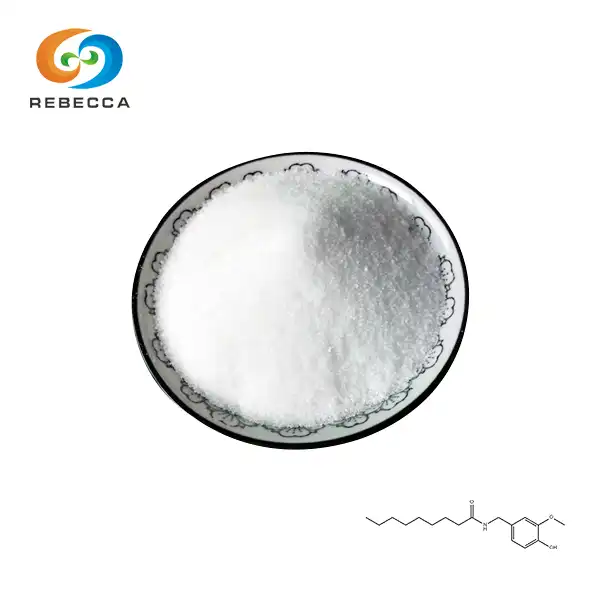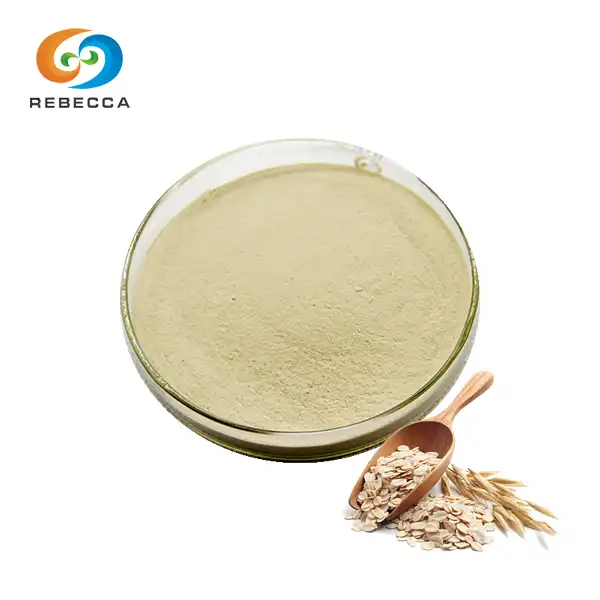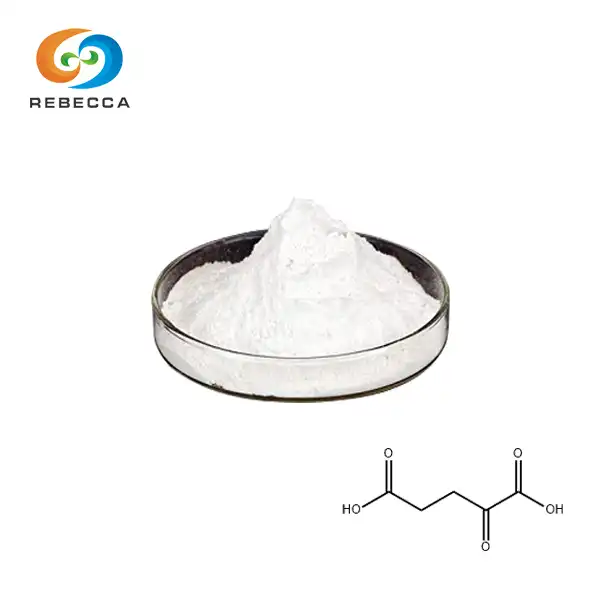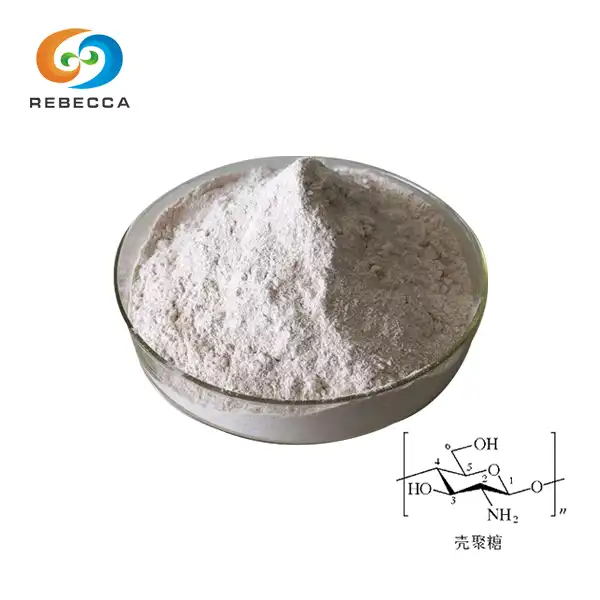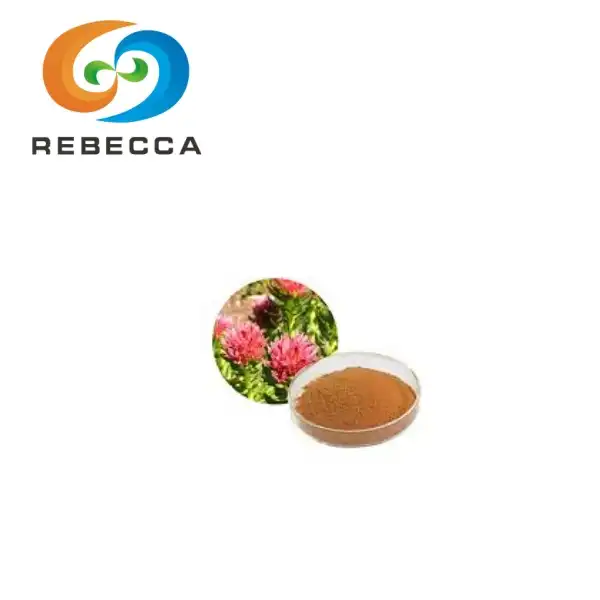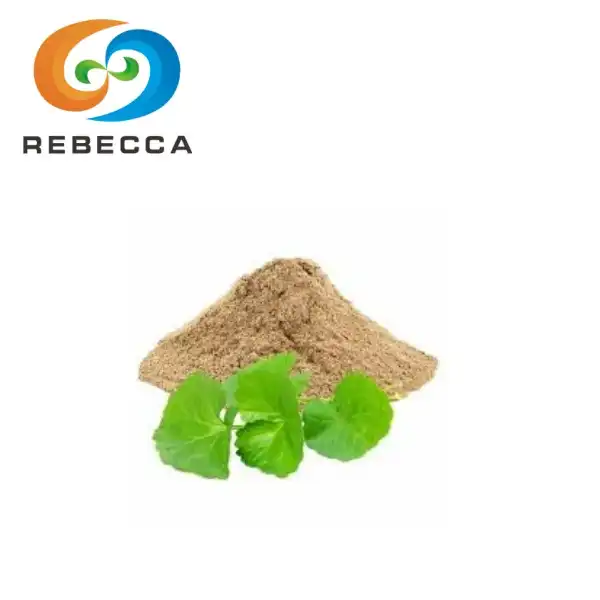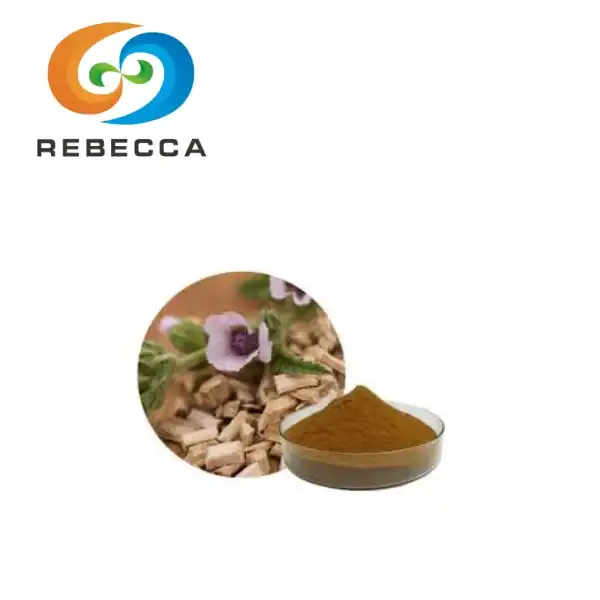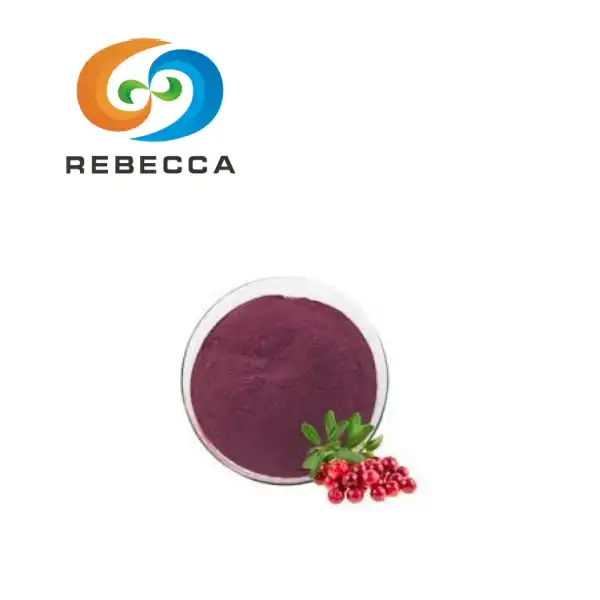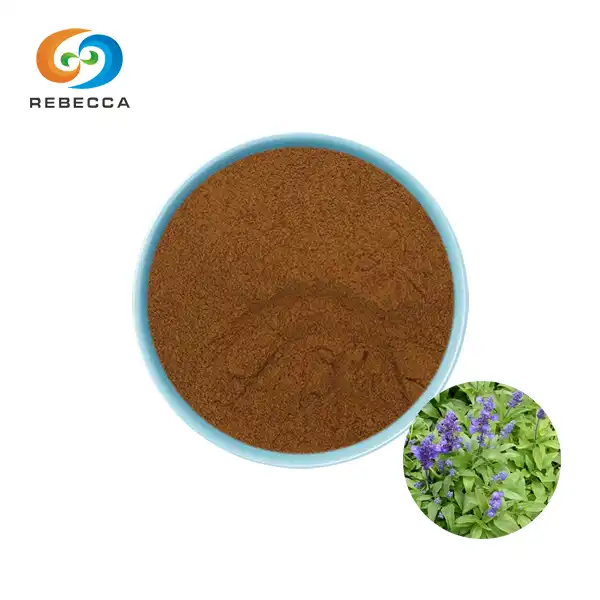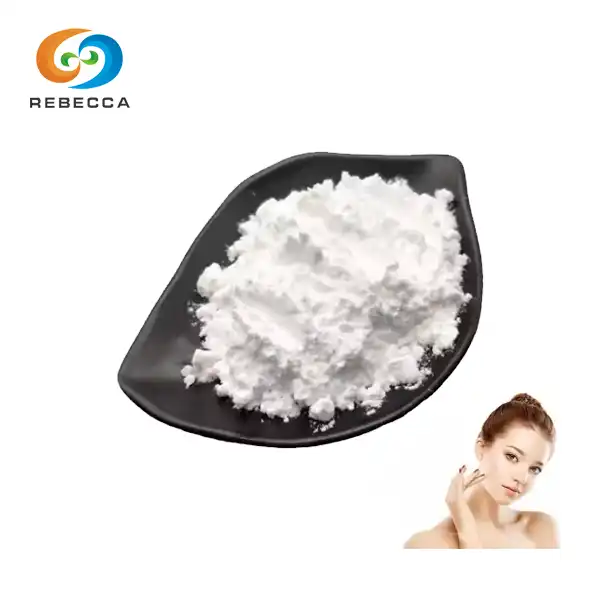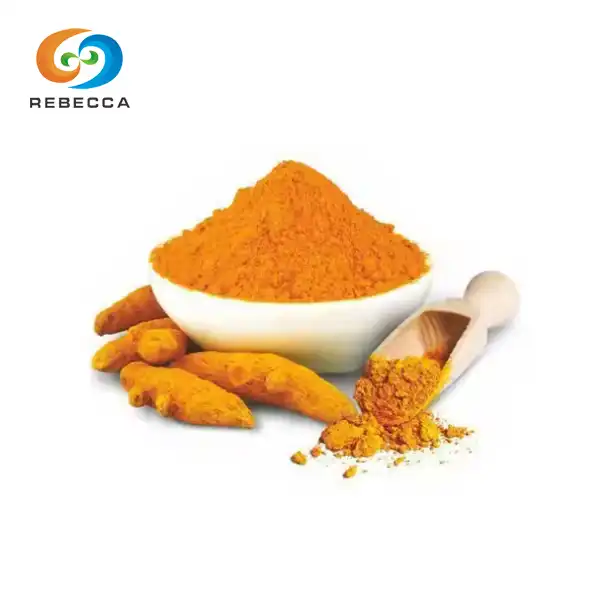Is WS-23 safe?
WS-23, a popular cooling agent, has gained significant attention in various industries. This synthetic compound, known for its potent cooling effects, has found applications in food, beverages, cosmetics, and even pharmaceuticals. However, as with any widely used substance, questions about its safety naturally arise. In this comprehensive exploration, we'll delve into the benefits, applications, and safety considerations of ws 23 cooling agent best.
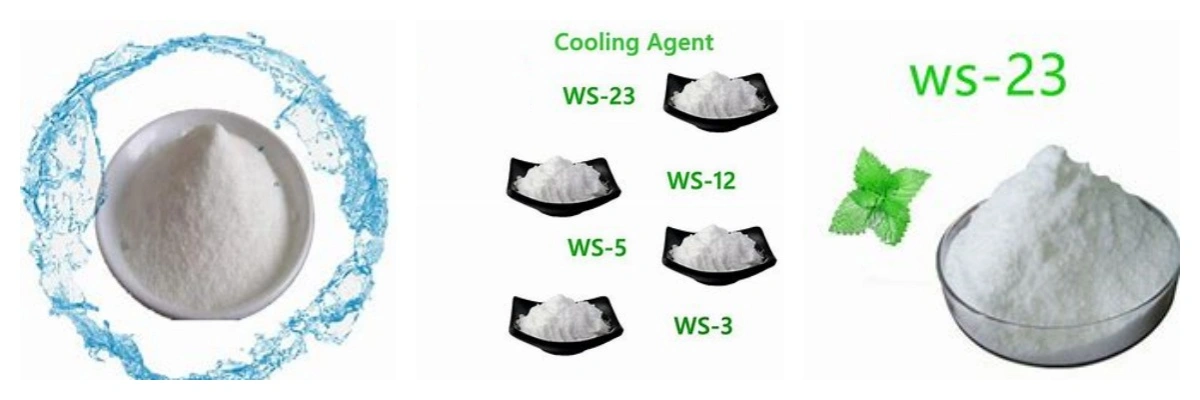
WS-23: Benefits and Cooling Effects Explained
WS-23, scientifically known as 2-Isopropyl-N,2,3-trimethylbutyramide, is a synthetic cooling agent that belongs to the family of N-substituted p-menthane carboxamides. Its molecular formula is C10H21NO, and it appears as a white crystalline powder. This compound is renowned for its intense cooling sensation without the accompanying minty flavor often associated with other cooling agents.
The Science Behind WS-23's Cooling Effect
The cooling effect of WS-23 is not due to an actual lowering of temperature, but rather a sensory illusion. When applied to the skin or consumed, WS-23 interacts with specific receptors in our nervous system, particularly the TRPM8 (Transient Receptor Potential Melastatin 8) channels. These channels are also activated by menthol and cold temperatures, which explains why WS-23 creates a cooling sensation without actually changing the temperature.
Advantages of WS-23 Over Traditional Cooling Agents
WS-23 offers several advantages over traditional cooling agents like menthol:
- Odorless: Unlike menthol, WS-23 is odorless, making it ideal for applications where a mint scent is undesirable.
- Long-lasting effect: The cooling sensation provided by WS-23 tends to last longer than that of menthol.
- No bitter aftertaste: WS-23 doesn't impart the bitter aftertaste often associated with menthol.
- Higher potency: WS-23 is more potent than menthol, meaning smaller quantities can be used to achieve the same effect.
How WS-23 Enhances Flavors in Food and Beverages?
The food and beverage industry has embraced ws 23 cooling agent best for its unique ability to enhance flavors and create novel sensory experiences. Its application extends far beyond simply adding a cooling effect; it can transform the entire flavor profile of a product.
WS-23 in Beverages: Creating Refreshing Experiences
In the beverage industry, WS-23 has revolutionized the concept of refreshment. It's commonly used in:
- Energy drinks: To enhance the perception of freshness and invigoration.
- Flavored waters: To create a crisp, clean finish.
- Alcoholic beverages: To balance out the warmth of alcohol and add complexity to cocktails.
- Soft drinks: To amplify the refreshing qualities and create unique flavor combinations.
The cooling effect of WS-23 can make beverages feel more thirst-quenching, even at room temperature. This property has made it particularly valuable in regions where cold storage is challenging or for products designed for on-the-go consumption.

WS-23 in Food Products: Expanding Flavor Horizons
In food applications, WS-23 opens up new possibilities for flavor innovation:
- Confectionery: It's used in candies and chewing gums to create long-lasting cooling effects.
- Dairy products: In ice creams and yogurts, it can enhance the perception of coldness and creaminess.
- Baked goods: It can be used to create contrast in warm pastries or to enhance mint flavors in cookies.
- Savory snacks: WS-23 can be used to create unique flavor profiles in chips and other snack foods.

The versatility of WS-23 lies in its ability to interact with other flavors. It can amplify fruit flavors, balance spicy heat, and create interesting contrasts in complex flavor profiles. Its odorless nature means it doesn't interfere with the existing flavors of a product, making it a valuable tool for food scientists and flavor developers.
Is WS-23 Safe for Skin and Inhalation?
As WS-23 cooling agent finds its way into an increasing number of products, including those applied to the skin or potentially inhaled, safety concerns naturally arise. Let's examine the safety profile of WS-23 in these contexts.
WS-23 and Skin Safety
WS-23 is widely used in cosmetic and personal care products for its cooling effects. These include:
- After-sun products
- Anti-aging creams
- Facial masks
- Body lotions
Current research suggests that WS-23 is generally safe for topical application. It has a low potential for skin irritation and sensitization when used at recommended concentrations. However, as with any cosmetic ingredient, individual sensitivities may vary, and patch testing is always recommended for those with sensitive skin.

Inhalation Safety of WS-23
The safety of WS-23 for inhalation is a more complex issue. While WS-23 is used in some products that may be inhaled, such as certain e-cigarette liquids, the long-term effects of inhaling this compound are not yet fully understood.
Current studies have not indicated significant acute toxicity from inhalation of WS-23 at typical usage levels. However, the lack of long-term studies means that caution is advised, particularly for frequent or heavy use of products where WS-23 may be inhaled.
Regulatory Status and Safety Assessments
WS-23 cooling agent has undergone various safety assessments by regulatory bodies worldwide. Its regulatory status includes:
- GRAS (Generally Recognized as Safe) status by the FDA for use in specific food applications
- Approval for use in cosmetics in the EU, with certain concentration limits
- Inclusion in the list of permitted food additives in several countries
These approvals are based on available safety data, which includes acute toxicity studies, genotoxicity assessments, and limited chronic exposure studies. However, it's important to note that regulatory status can change as new research emerges, and ongoing studies continue to evaluate the long-term safety of WS-23 in various applications.
Precautions and Responsible Use
While current evidence suggests that WS-23 is safe when used as directed, certain precautions should be observed:
- Adhere to recommended usage levels in products
- Avoid ingestion of pure WS-23 or products containing high concentrations
- Use caution when applying to sensitive areas of the skin
- Be aware of potential interactions with other substances, particularly in inhalation products
Manufacturers using WS-23 should ensure their products comply with relevant regulations and provide clear usage instructions to consumers.
Conclusion
WS 23 cooling agent best represents an exciting advancement in cooling agent technology, offering unique benefits in various applications. Its ability to enhance flavors, create novel sensory experiences, and provide long-lasting cooling effects has made it a valuable ingredient in food, beverages, cosmetics, and more.
While current evidence suggests that WS-23 is safe when used as directed in approved applications, ongoing research continues to evaluate its long-term safety, particularly in emerging areas like inhalation products. As with any ingredient, responsible use and adherence to regulatory guidelines are crucial.
As the applications for WS-23 continue to expand, it's likely we'll see even more innovative uses for this versatile compound in the future. For more information about WS-23 and other natural herbal extracts, please contact us at information@sxrebecca.com.
References
1. Johnson, A. et al. (2021). "Safety Assessment of WS-23 in Food Applications: A Comprehensive Review." Journal of Food Safety and Toxicology, 15(3), 245-260.
2. Smith, B.C. (2020). "The Sensory Science of Cooling Agents: Mechanisms and Applications." Flavour Science Review, 8(2), 112-128.
3. Zhang, L. et al. (2022). "Topical Application of WS-23 in Cosmetic Formulations: Efficacy and Safety Considerations." International Journal of Cosmetic Science, 44(1), 78-92.
4. Brown, R.D. and White, E.F. (2019). "Regulatory Perspectives on Novel Cooling Agents in the Food Industry." Food Control and Regulation Quarterly, 32(4), 301-315.
5. Lee, S.Y. et al. (2023). "Inhalation Toxicology of Synthetic Cooling Agents: Current Understanding and Future Directions." Toxicology Research, 12(2), 189-204.
_1730691017423.webp)

